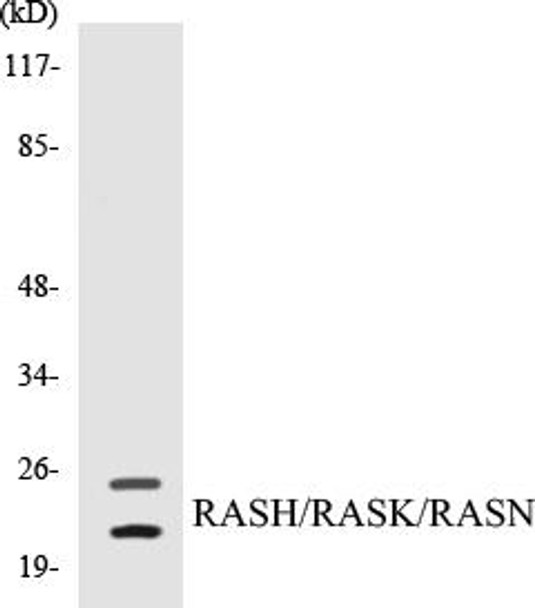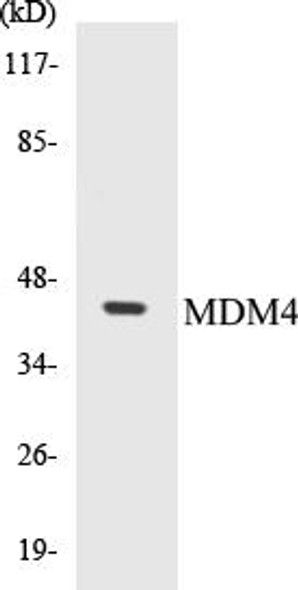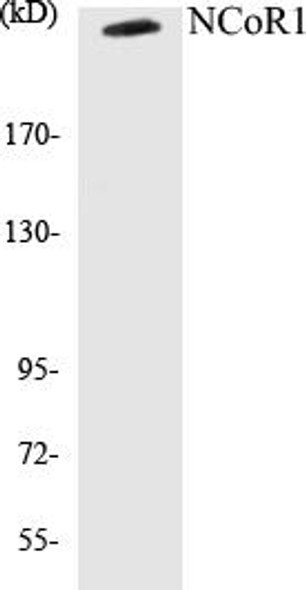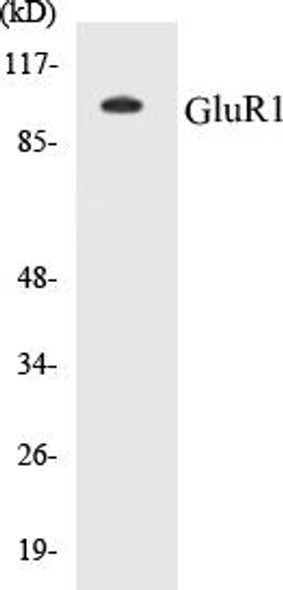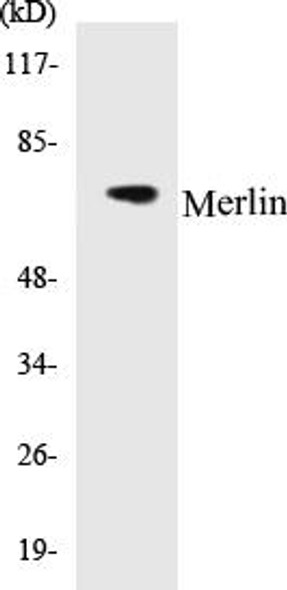RASH/RASK/RASN Colorimetric Cell-Based ELISA Kit
- SKU:
- CBCAB00196
- Product Type:
- ELISA Kit
- ELISA Type:
- Cell Based
- Reactivity:
- Human
- Mouse
- Rat
- Detection Method:
- Colorimetric
Description
RASH/RASK/RASN Colorimetric Cell-Based ELISA Kit
The RASH/RASK/RASN Colorimetric Cell-Based ELISA Kit is a cutting-edge tool designed for the accurate detection of RAS pathway activity in cell samples. This innovative kit offers high sensitivity and specificity, allowing for reliable and reproducible results in a variety of research applications.The RAS pathway is known to play a critical role in cell growth, differentiation, and survival, making it a key target for studying cancer and other diseases.
By accurately measuring RAS pathway activity, researchers can gain valuable insights into disease mechanisms and potential therapeutic targets.Whether working with cancer cell lines, patient samples, or studying cell signaling pathways, the RASH/RASK/RASN Colorimetric Cell-Based ELISA Kit provides a powerful tool for advancing research in the field of cell biology and disease.
| Product Name: | RASH/RASK/RASN Colorimetric Cell-Based ELISA |
| Product Code: | CBCAB00196 |
| ELISA Type: | Cell-Based |
| Target: | RASH/RASK/RASN |
| Reactivity: | Human, Mouse, Rat |
| Dynamic Range: | > 5000 Cells |
| Detection Method: | Colorimetric 450 nmStorage/Stability:4°C/6 Months |
| Format: | 96-Well Microplate |
The RASH/RASK/RASN Colorimetric Cell-Based ELISA Kit is a convenient, lysate-free, high throughput and sensitive assay kit that can detect RASH/RASK/RASN protein expression profile in cells. The kit can be used for measuring the relative amounts of RASH/RASK/RASN in cultured cells as well as screening for the effects that various treatments, inhibitors (ie siRNA or chemicals), or activators have on RASH/RASK/RASN.
Qualitative determination of RASH/RASK/RASN concentration is achieved by an indirect ELISA format. In essence, RASH/RASK/RASN is captured by RASH/RASK/RASN-specific primary antibodies while the HRP-conjugated secondary antibodies bind the Fc region of the primary antibody. Through this binding, the HRP enzyme conjugated to the secondary antibody can catalyze a colorimetric reaction upon substrate addition. Due to the qualitative nature of the Cell-Based ELISA, multiple normalization methods are needed:
| 1. | A monoclonal antibody specific for human GAPDH is included to serve as an internal positive control in normalizing the target absorbance values. |
| 2. | Following the colorimetric measurement of HRP activity via substrate addition, the Crystal Violet whole-cell staining method may be used to determine cell density. After staining, the results can be analysed by normalizing the absorbance values to cell amounts, by which the plating difference can be adjusted. |
| Database Information: | Gene ID: 3265/3845/4893, UniProt ID: P01111/P01112/P01116, OMIM: 109800/190020/218040/607464/115150/190070/601626/607785/609942/, Unigene: Hs.37003/Hs.37003/Hs.505033/Hs.486502 |
| Gene Symbol: | NRAS/HRAS/KRAS |
| Sub Type: | None |
| UniProt Protein Function: | NRas: Ras proteins bind GDP/GTP and possess intrinsic GTPase activity. Interacts (active GTP-bound form preferentially) with RGS14. Alternate between an inactive form bound to GDP and an active form bound to GTP. Activated by a guanine nucleotide-exchange factor (GEF) and inactivated by a GTPase- activating protein (GAP). Belongs to the small GTPase superfamily. Ras family. |
| UniProt Protein Details: | Protein type:Motility/polarity/chemotaxis; Oncoprotein; G protein, monomeric; G protein; G protein, monomeric, Ras Chromosomal Location of Human Ortholog: 1p13.2 Cellular Component: Golgi apparatus; membrane; plasma membrane Molecular Function:protein complex binding Biological Process: axon guidance; epidermal growth factor receptor signaling pathway; leukocyte migration; MAPKKK cascade; Ras protein signal transduction; stimulatory C-type lectin receptor signaling pathway Disease: Colorectal Cancer; Melanocytic Nevus Syndrome, Congenital; Melanosis, Neurocutaneous; Nevus, Epidermal; Noonan Syndrome 6; Ras-associated Autoimmune Leukoproliferative Disorder; Schimmelpenning-feuerstein-mims Syndrome; Thyroid Carcinoma, Follicular |
| NCBI Summary: | This is an N-ras oncogene encoding a membrane protein that shuttles between the Golgi apparatus and the plasma membrane. This shuttling is regulated through palmitoylation and depalmitoylation by the ZDHHC9-GOLGA7 complex. The encoded protein, which has intrinsic GTPase activity, is activated by a guanine nucleotide-exchange factor and inactivated by a GTPase activating protein. Mutations in this gene have been associated with somatic rectal cancer, follicular thyroid cancer, autoimmune lymphoproliferative syndrome, Noonan syndrome, and juvenile myelomonocytic leukemia. [provided by RefSeq, Jun 2011] |
| UniProt Code: | P01111 |
| NCBI GenInfo Identifier: | 131883 |
| NCBI Gene ID: | 4893 |
| NCBI Accession: | P01111.1 |
| UniProt Secondary Accession: | P01111,Q14971, Q15104, Q15282, |
| UniProt Related Accession: | P01111 |
| Molecular Weight: | 21,229 Da |
| NCBI Full Name: | GTPase NRas |
| NCBI Synonym Full Names: | neuroblastoma RAS viral oncogene homolog |
| NCBI Official Symbol: | NRAS |
| NCBI Official Synonym Symbols: | NS6; CMNS; NCMS; ALPS4; N-ras; NRAS1 |
| NCBI Protein Information: | GTPase NRas |
| UniProt Protein Name: | GTPase NRas |
| UniProt Synonym Protein Names: | Transforming protein N-Ras |
| Protein Family: | GTPase |
| UniProt Gene Name: | NRAS |
| UniProt Entry Name: | RASN_HUMAN |
| Component | Quantity |
| 96-Well Cell Culture Clear-Bottom Microplate | 2 plates |
| 10X TBS | 24 mL |
| Quenching Buffer | 24 mL |
| Blocking Buffer | 50 mL |
| 15X Wash Buffer | 50 mL |
| Primary Antibody Diluent | 12 mL |
| 100x Anti-Phospho Target Antibody | 60 µL |
| 100x Anti-Target Antibody | 60 µL |
| Anti-GAPDH Antibody | 60 µL |
| HRP-Conjugated Anti-Rabbit IgG Antibody | 12 mL |
| HRP-Conjugated Anti-Mouse IgG Antibody | 12 mL |
| SDS Solution | 12 mL |
| Stop Solution | 24 mL |
| Ready-to-Use Substrate | 12 mL |
| Crystal Violet Solution | 12 mL |
| Adhesive Plate Seals | 2 seals |
The following materials and/or equipment are NOT provided in this kit but are necessary to successfully conduct the experiment:
- Microplate reader able to measure absorbance at 450 nm and/or 595 nm for Crystal Violet Cell Staining (Optional)
- Micropipettes with capability of measuring volumes ranging from 1 µL to 1 ml
- 37% formaldehyde (Sigma Cat# F-8775) or formaldehyde from other sources
- Squirt bottle, manifold dispenser, multichannel pipette reservoir or automated microplate washer
- Graph paper or computer software capable of generating or displaying logarithmic functions
- Absorbent papers or vacuum aspirator
- Test tubes or microfuge tubes capable of storing ≥1 ml
- Poly-L-Lysine (Sigma Cat# P4832 for suspension cells)
- Orbital shaker (optional)
- Deionized or sterile water
*Note: Protocols are specific to each batch/lot. For the correct instructions please follow the protocol included in your kit.
| Step | Procedure |
| 1. | Seed 200 µL of 20,000 adherent cells in culture medium in each well of a 96-well plate. The plates included in the kit are sterile and treated for cell culture. For suspension cells and loosely attached cells, coat the plates with 100 µL of 10 µg/ml Poly-L-Lysine (not included) to each well of a 96-well plate for 30 minutes at 37°C prior to adding cells. |
| 2. | Incubate the cells for overnight at 37°C, 5% CO2. |
| 3. | Treat the cells as desired. |
| 4. | Remove the cell culture medium and rinse with 200 µL of 1x TBS, twice. |
| 5. | Fix the cells by incubating with 100 µL of Fixing Solution for 20 minutes at room temperature. The 4% formaldehyde is used for adherent cells and 8% formaldehyde is used for suspension cells and loosely attached cells. |
| 6. | Remove the Fixing Solution and wash the plate 3 times with 200 µL 1x Wash Buffer for five minutes each time with gentle shaking on the orbital shaker. The plate can be stored at 4°C for a week. |
| 7. | Add 100 µL of Quenching Buffer and incubate for 20 minutes at room temperature. |
| 8. | Wash the plate 3 times with 1x Wash Buffer for 5 minutes each time. |
| 9. | Add 200 µL of Blocking Buffer and incubate for 1 hour at room temperature. |
| 10. | Wash 3 times with 200 µL of 1x Wash Buffer for 5 minutes each time. |
| 11. | Add 50 µL of 1x primary antibodies (Anti-RASH/RASK/RASN Antibody and/or Anti-GAPDH Antibody) to the corresponding wells, cover with Parafilm and incubate for 16 hours (overnight) at 4°C. If the target expression is known to be high, incubate for 2 hours at room temperature. |
| 12. | Wash 3 times with 200 µL of 1x Wash Buffer for 5 minutes each time. |
| 13. | Add 50 µL of 1x secondary antibodies (HRP-Conjugated AntiRabbit IgG Antibody or HRP-Conjugated Anti-Mouse IgG Antibody) to corresponding wells and incubate for 1.5 hours at room temperature. |
| 14. | Wash 3 times with 200 µL of 1x Wash Buffer for 5 minutes each time. |
| 15. | Add 50 µL of Ready-to-Use Substrate to each well and incubate for 30 minutes at room temperature in the dark. |
| 16. | Add 50 µL of Stop Solution to each well and read OD at 450 nm immediately using the microplate reader. |
(Additional Crystal Violet staining may be performed if desired – details of this may be found in the kit technical manual.)

